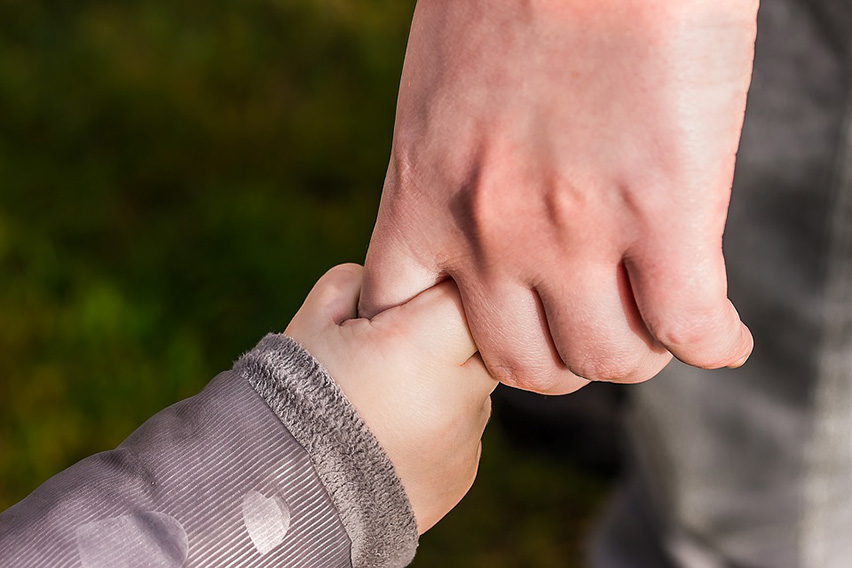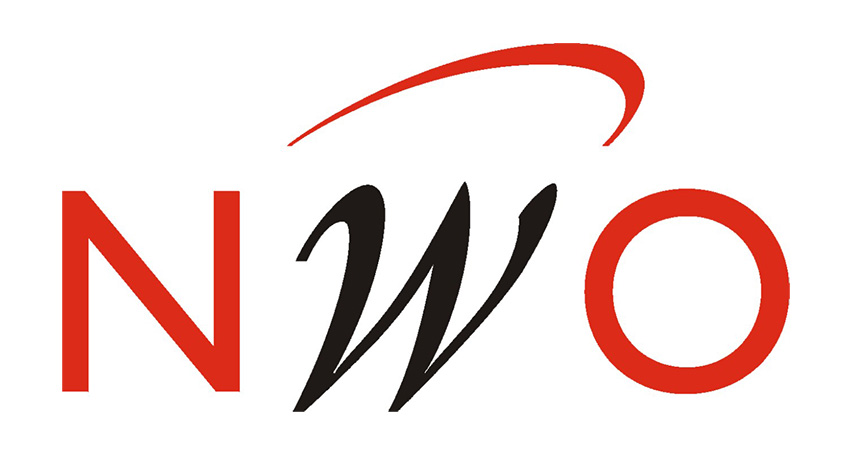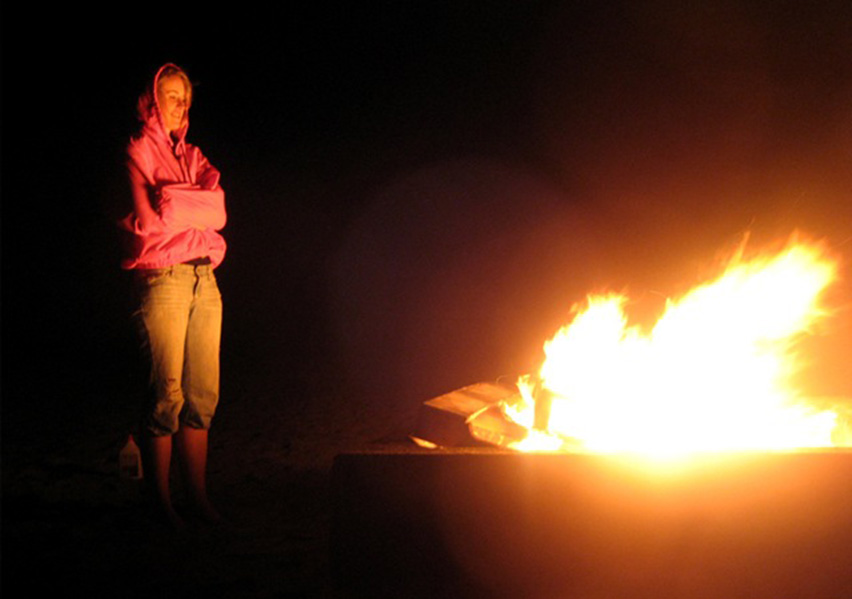Parents’ posttraumatic stress after burns in their school-aged child: A prospective study
Objective: This prospective study examined the course and potential predictors of parents’ posttraumatic stress symptoms (PTSS) after burn injury in their child (Age 8 to 18 years). Method: One hundred eleven mothers and 91 fathers, representing 118 children, participated in the study.
Child and adolescent internalizing and externalizing problems 12 months postburn: the potential role of preburn functioning, parental posttraumatic stress, and informant bias
Adjustment after pediatric burn injury may be a challenge for children as well as their parents. This prospective study examined associations of internalizing and externalizing problems in children and adolescents 12 months postburn with preburn functioning, and parental acute and chronic posttraumatic stress symptoms (PTSS) from different perspectives.
Prestigious VIDI Grant Awarded
I am awarded the prestigious VIDI-grant from the Netherlands organization for scientific research to start my own research group 🙂 1b. Title of research proposal: Experts, their prior knowledge, and the issue of limited data 1c.Summary of research proposal Researchers often have difficulties collecting enough data…
Analyzing small data sets using Bayesian estimation: the case of posttraumatic stress symptoms following mechanical ventilation in burn survivors
The analysis of small data sets in longitudinal studies can lead to power issues and often suffers from biased parameter values. These issues can be solved by using Bayesian estimation in conjunction with informative prior distributions.
The relationship between behavioural problems in preschool children and parental distress after a paediatric burn event
This study examines mother- and father-rated emotional and behaviour problems in and worries about 0- to 5-year-old children at 3 and 12 months after a burn event and the relation with parental distress.
The Burn Specific Health Scale-Brief: Measurement invariant across European countries
The Burn Specific Health Scale Brief (BSHS-B), which is the only multidimensional measure to evaluate burn-specific aspects of health status, has previously been validated in several languages across the world. However, the stability of the underlying construct was not cross-culturally evaluated.
Health-related quality of life after burns: A prospective multicenter cohort study with 18 months follow-up
Health-related quality of life (HRQOL) is an important parameter after medical treatments. Knowledge of (predictors of) diminished quality of life can help improve medical outcome.
Impact of pediatric burn camps on participants’ self esteem and body image: An empirical study
Quantitative as well as qualitative measures was used. To study possible effects, a pretest–posttest comparison group design with a follow-up was employed. Self-report questionnaires were used to measure self esteem and body image in a burn camp group (n = 83, 8–18 years) and in a comparison group of children with burns who did not attend a burn camp during the course of the study (n = 90, 8–18 years).









